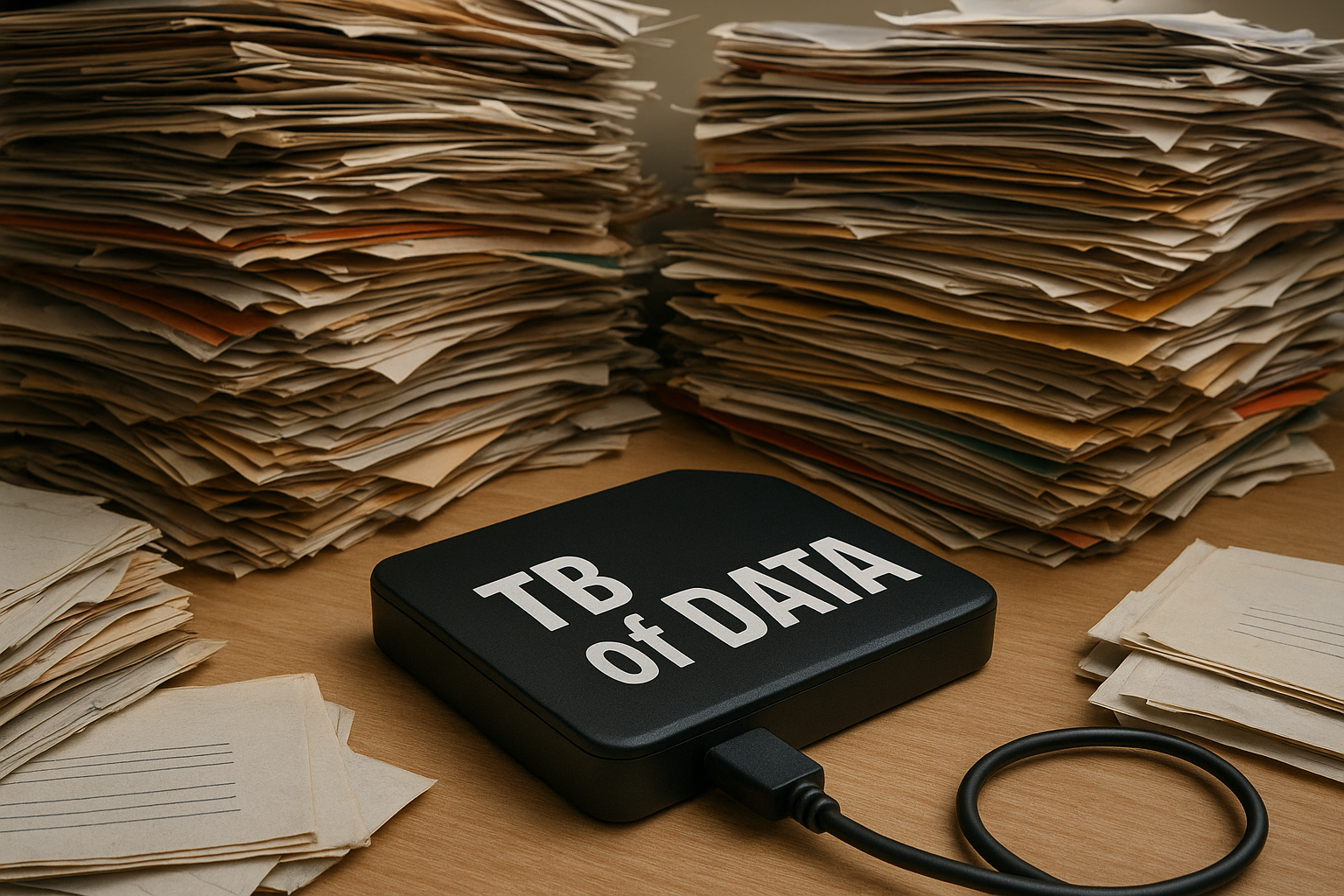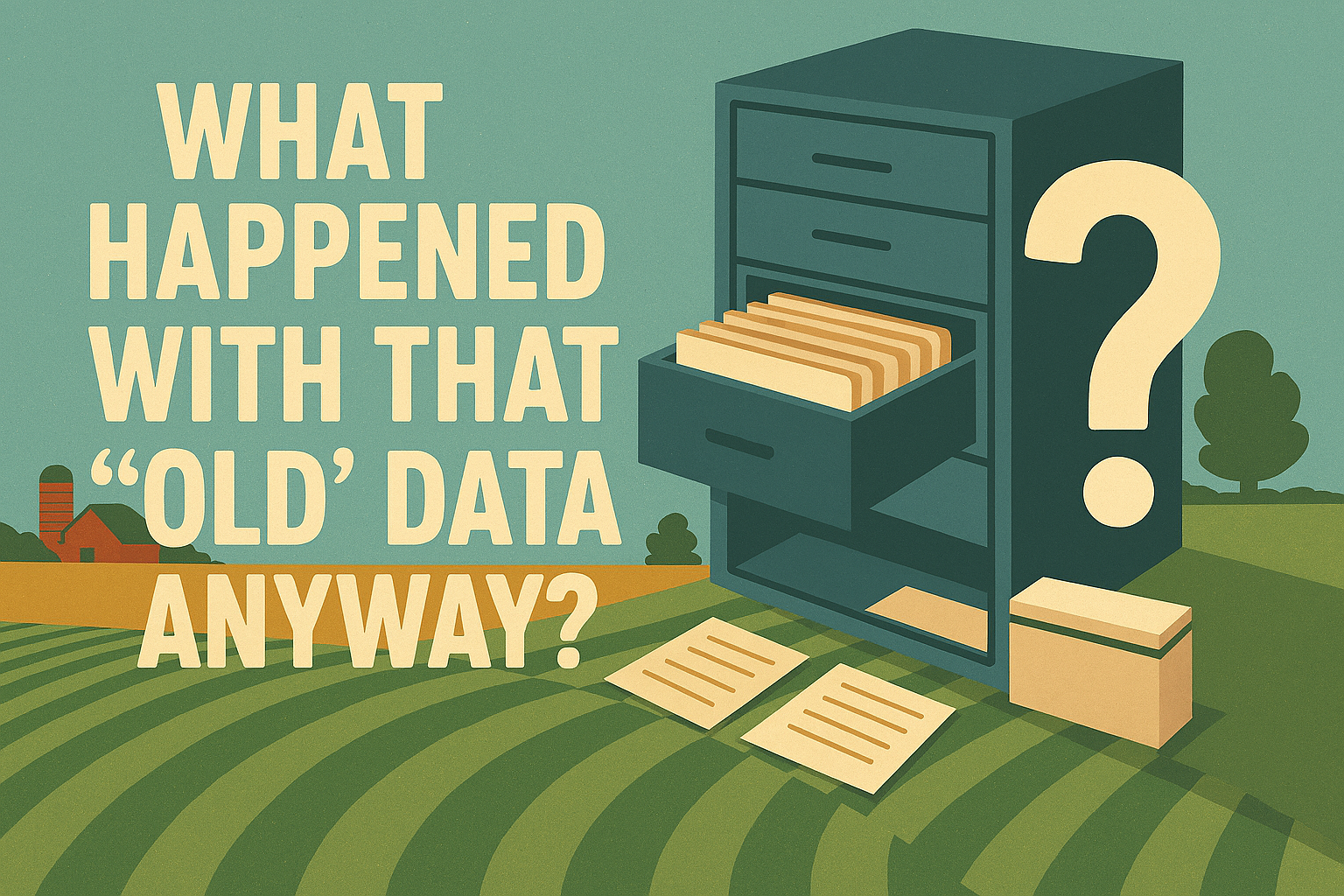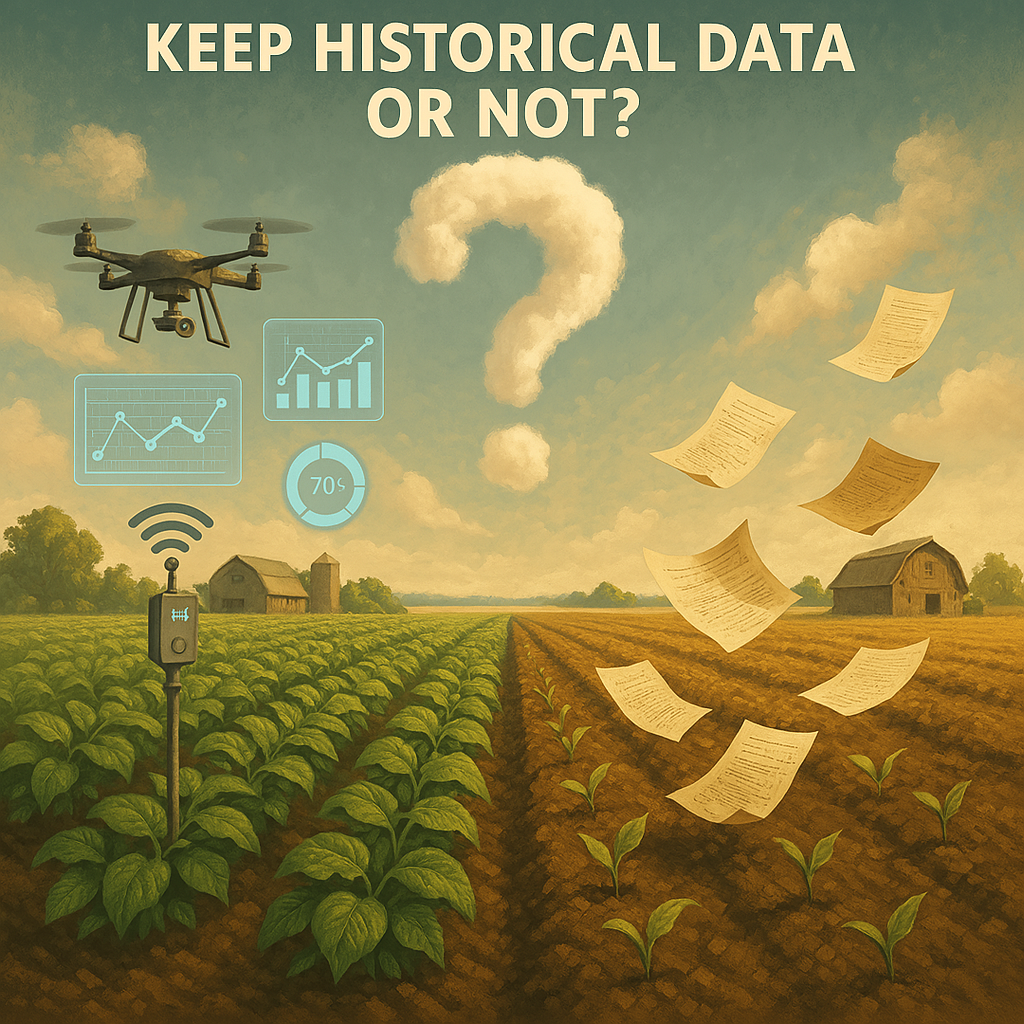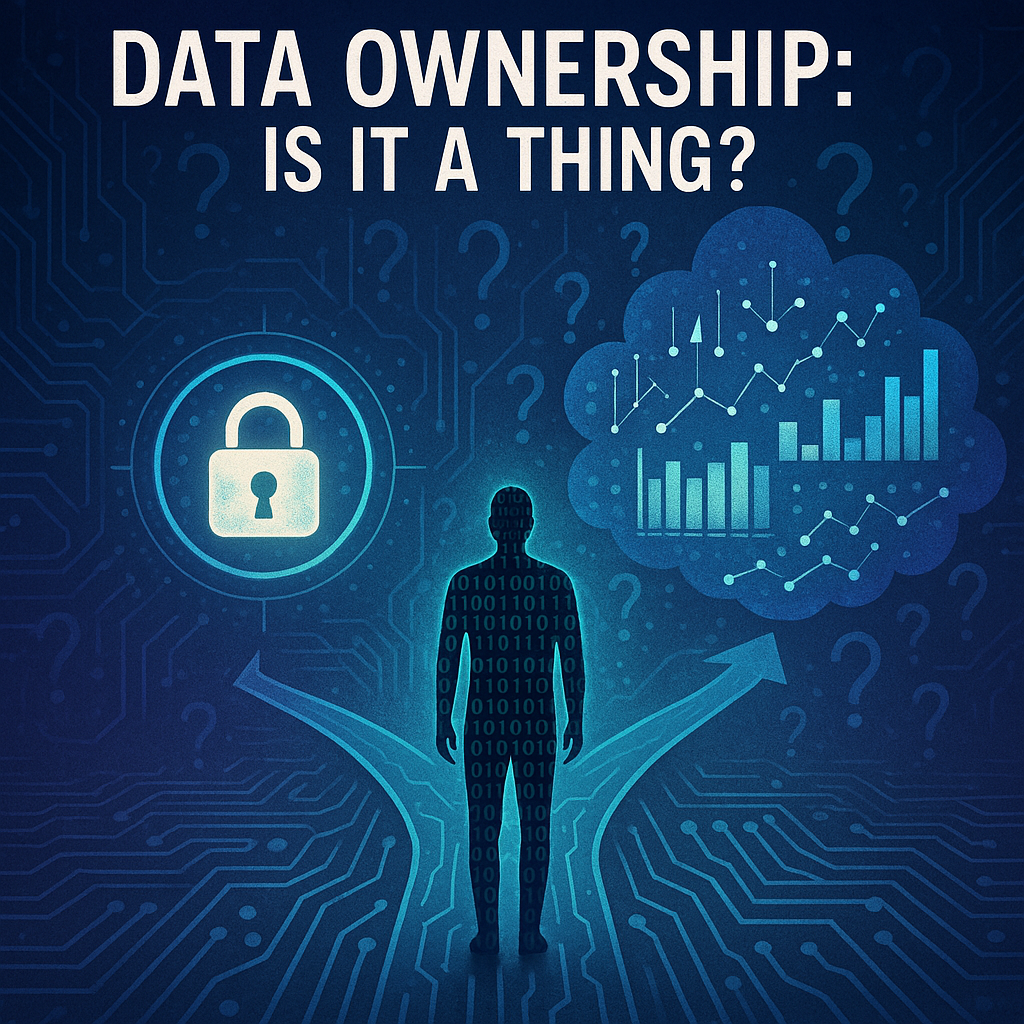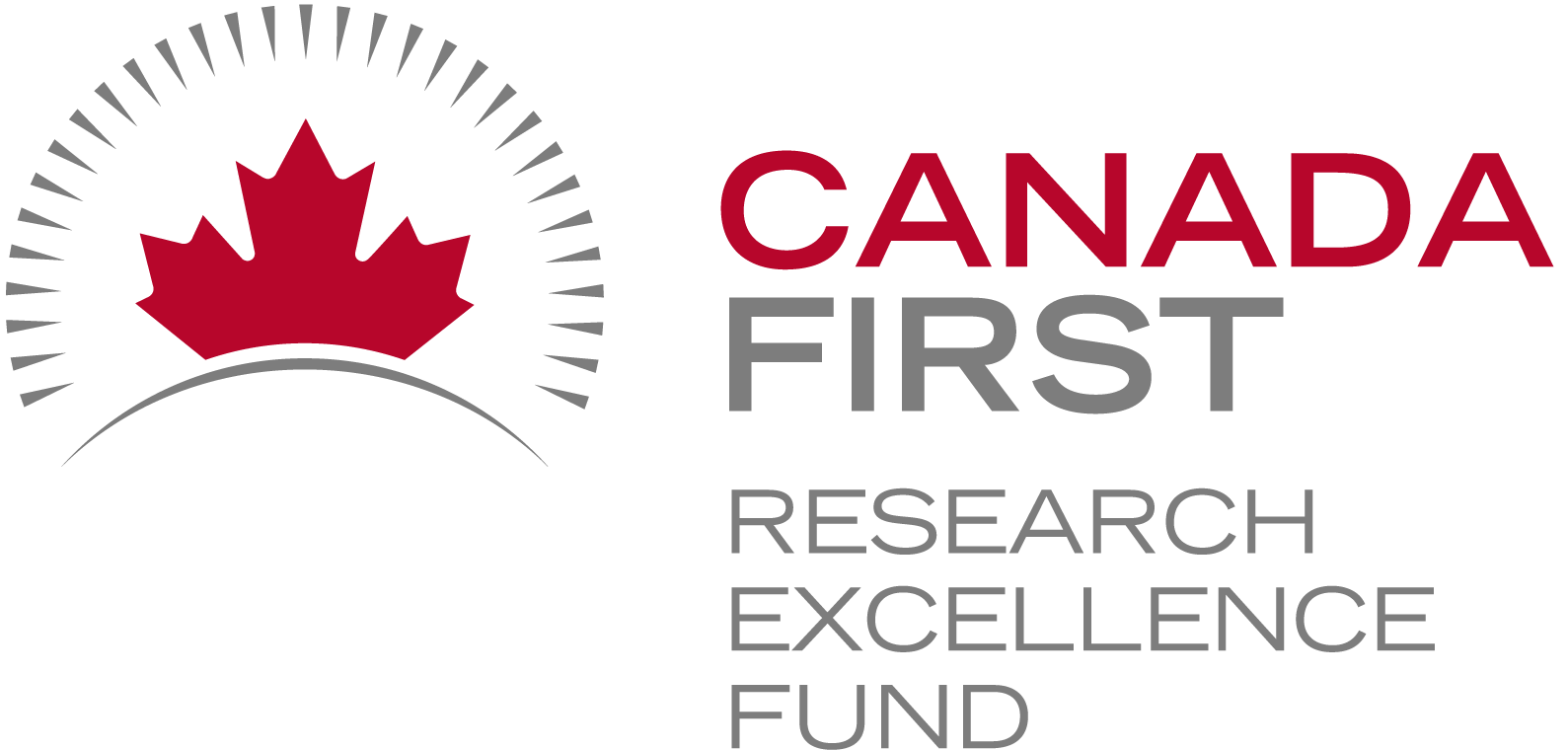Funding for Agri-food Data Canada is provided in part by the Canada First Research Excellence Fund
RDM in the Real World
Surprise! Surprise! I’m switching gears a bit for this blog post – off my historical data and data ownership pedestal for a bit 🙂 I want to talk about RDM – Research Data Management – today. For the past decade I’ve been working with colleagues offering workshops on this topic and working with the Research…
ViewUnderstanding Metadata at ADC
At Agri-food Data Canada (ADC), we are developing tools to help researchers create high-quality, machine-readable metadata. But what exactly is metadata, and what types does ADC work with? What Is Metadata? Metadata is essentially “data about data.” It provides context and meaning to data, making it easier to understand, interpret, and reuse. While the data…
ViewWhat happened with that “OLD” data anyway?
It’s me again! Yup back to that historical data topic too! I didn’t want to leave everyone wondering what I did with my old data – so I thought I’d take you on a tour of my research data adventures and what has happened to all that data. BSc(Agr) 4th year project data – 1987-1988…
ViewAll the Data, One Place — Now What?
At the Ontario Dairy and Beef Research Centres, we’ve reached an exciting milestone: all of our core livestock data — from milk yield and feed intake to activity, body weight, veterinary treatments, health events, and breeding values — is now centralized in a single database. And thanks to our dairy and beef data portals, it’s…
ViewCardinality
In our ongoing exploration of using the Semantic Engine to describe your data, there’s one concept we haven’t yet discussed—but it’s an important one: cardinality. Cardinality refers to the number of values that a data field (specifically an array) can contain. It’s a way of describing how many items you’re expecting to appear in a…
ViewTo keep or let go? Historical data sources
I’ve been talking about data ownership in a few different ways and I have also been digging into these wonderful historical data sources. BUT! Where do we draw the line? Let’s be honest that’s another really tough question to answer. I have proclaimed many times, to many different people/audiences, and in different fora – that…
ViewCan You Use an LLM to Write an OCA Schema?
Short answer: Not really — but also, kind of. Why you can’t just use an LLM to write a schema At first glance, writing an OCA (Overlays Capture Architecture) schema might seem simple. After all, it’s just JSON, and tools like ChatGPT or Microsoft Copilot are great at generating structured text. But when it comes…
ViewData Ownership – is it a thing?
Alrighty folks – this topic is getting hot and I love it! Time to move out of my lane and talk a bit about producer data – I’m referring to the wealth of data collected on dairy farms, sheep operations, swine, poultry, and the list goes on. A conversation I’ve sat in on a couple…
ViewUnit framing to standardize units
In research and data-intensive environments, precision and clarity are critical. Yet one of the most common sources of confusion—often overlooked—is how units of measure are written and interpreted. Take the unit micromolar, for example. Depending on the source, it might be written as uM, μM, umol/L, μmol/l, or umol-1. Each of these notations attempts to…
ViewCustom format rules
When designing a data schema, you’re not only choosing what data to collect but also how that data should be structured. Format rules help ensure consistency by defining the expected structure for specific types of data and are especially useful for data verification. For example, a date might follow the YYYY-MM-DD format, an email address…
View


